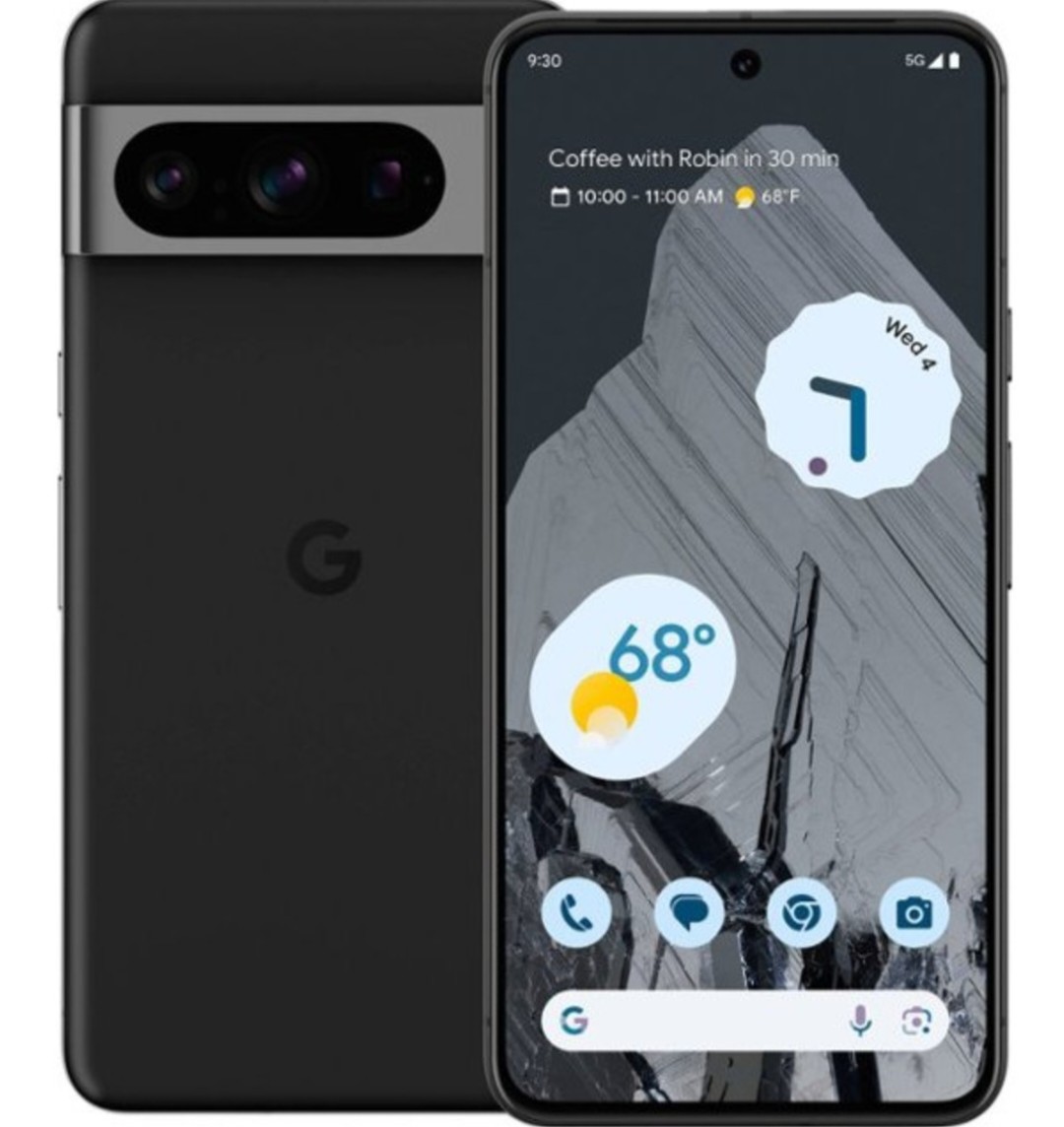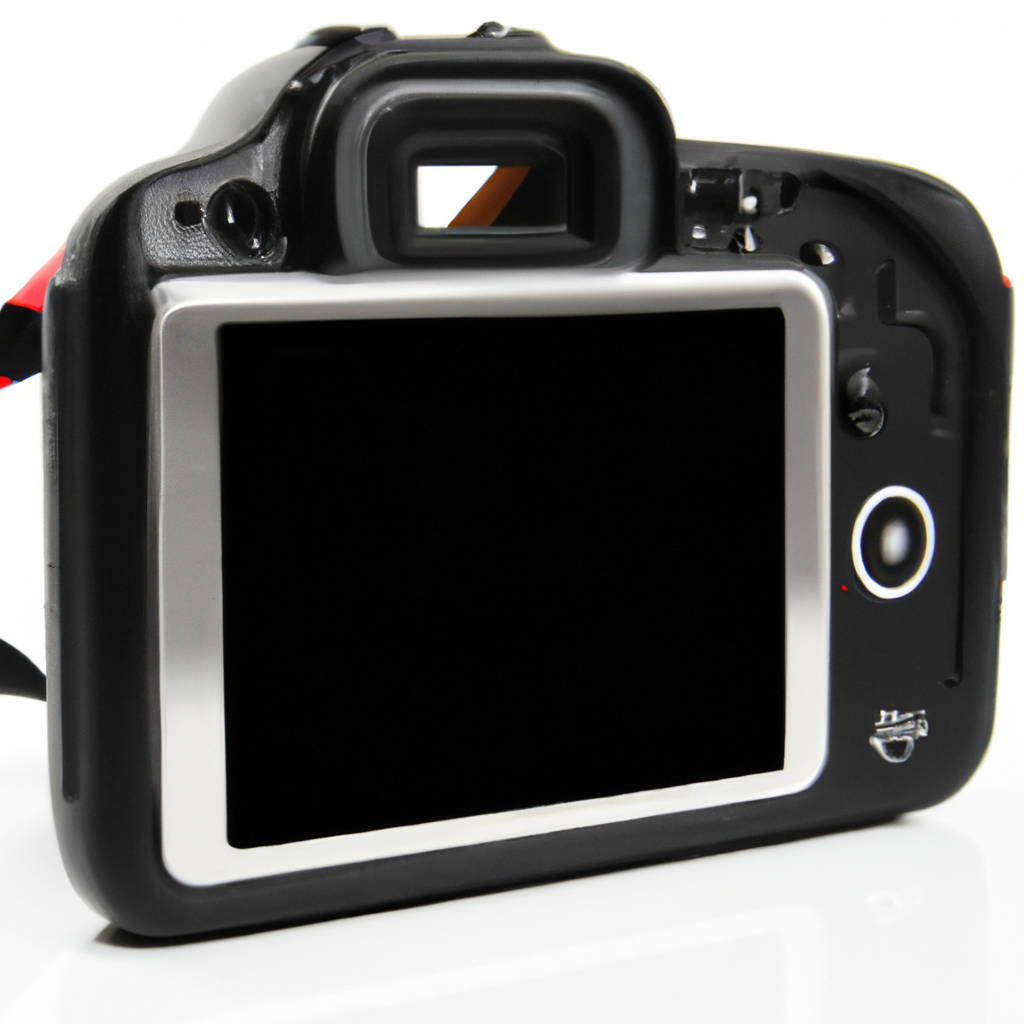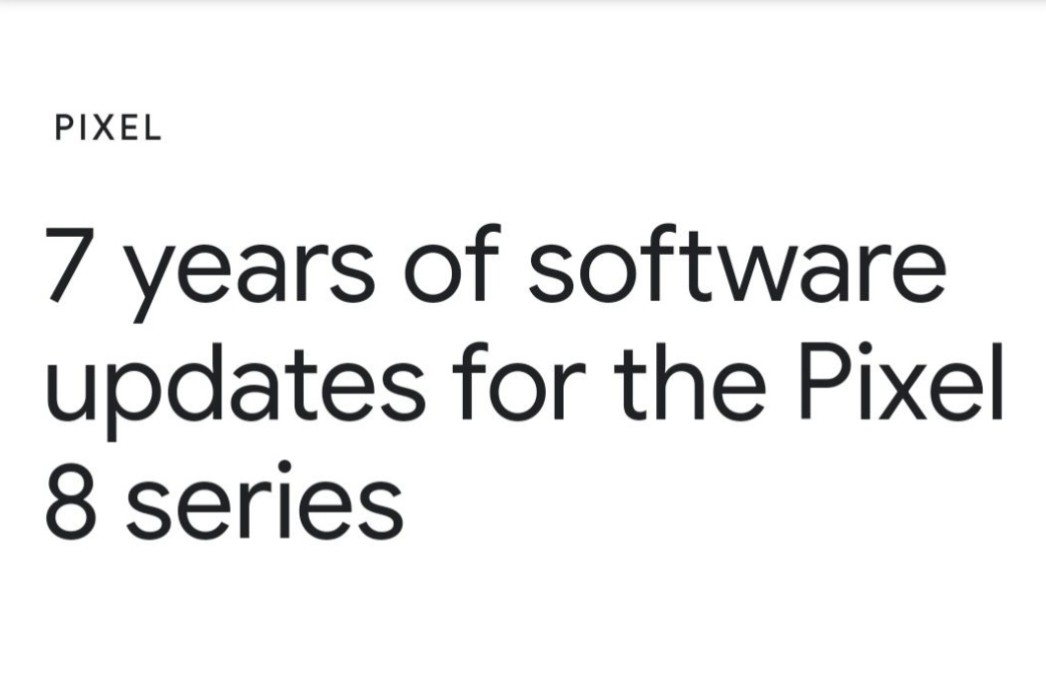Google is set to revolutionize the smartphone industry yet again with the introduction of Pixel 8 and Pixel 8 Pro. These models are the latest additions to the Pixel series, boasting numerous innovative features and cutting-edge technology to provide a seamless user experience. The Pixel 8 is designed for those who value functionality and efficiency, while the Pixel 8 Pro caters to tech enthusiasts who desire superior performance and advanced features.
Both models come with Google’s proprietary software and hardware integration, ensuring smooth operation and maximum utilization of resources. The Pixel 8 and Pixel 8 Pro are powered by the latest version of Android, providing users with a robust, secure, and user-friendly operating system.
One of the highlights of these models is the camera system. The Pixel 8 boasts a dual-camera setup, combining a wide-angle and an ultra-wide-angle lens. This allows for detailed and vibrant photos, regardless of lighting conditions. Meanwhile, the Pixel 8 Pro features a triple camera system, adding a telephoto lens to the mix for crystal-clear zoomed-in shots. Both models utilize Google’s computational photography technology, resulting in stunning images with minimal effort.
In terms of performance, the Pixel 8 and Pixel 8 Pro are equipped with the latest Snapdragon processors, ensuring a fast and smooth user experience. They come with generous storage options, providing ample space for apps, photos, and videos. The Pixel 8 Pro also offers a higher RAM option, catering to heavy users and gamers.
The displays on both models are of high quality, with the Pixel 8 Pro sporting a larger and sharper screen for an immersive viewing experience. They also come with enhanced battery life, capable of lasting a full day on a single charge. Moreover, both models support fast charging, allowing users to power up their devices quickly.
In terms of design, the Pixel 8 and Pixel 8 Pro continue Google’s tradition of sleek and minimalist aesthetics. They are built with high-quality materials for durability, while retaining a lightweight and comfortable feel. The Pixel 8 Pro also features a water and dust resistance rating, adding an extra layer of protection for users.
In terms of connectivity, both models support 5G, ensuring fast and reliable internet access. They also come with the latest Bluetooth technology for seamless pairing with other devices.
In conclusion, the Pixel 8 and Pixel 8 Pro are more than just smartphones. They are powerful computing devices that fit in your pocket. They are built with the latest technology to facilitate productivity, creativity, and entertainment. Whether you are a casual user or a tech enthusiast, the Pixel 8 and Pixel 8 Pro are sure to impress with their advanced features and superior performance.

Stylish Design for Everyday Use
Stylish design for everyday use is a concept that merges functionality and aesthetics, aiming for an outcome that is not only visually appealing but also practical and user-friendly. The items we use daily, from furniture, kitchenware, electronic gadgets, clothing to accessories, can all be elevated through stylish design. The goal is to enhance the user’s experience while adding a touch of elegance and sophistication to their lives.
One of the main considerations in this approach is the user’s comfort and convenience. Designers often explore innovative ways to make everyday items easier and more enjoyable to use. For instance, ergonomic furniture designs aim to provide maximum comfort while maintaining a sleek and modern look. Similarly, kitchen gadgets are designed not only to look good on the countertop but also to make cooking and cleaning processes more efficient.
On another note, stylish design for everyday use also takes into account sustainability and environmental considerations. Designers are now inclined towards using eco-friendly materials and manufacturing processes. The aim is not only to produce items that are aesthetically pleasing and functional but also gentle on the environment.
Moreover, the stylish design also focuses on customization and personalization, reflecting the user’s personality and lifestyle. For instance, fashion items like clothing and accessories are designed to be versatile and adaptable, allowing the user to express their unique personal style.
In this digital age, even tech gadgets are not spared from stylish design. Tech companies are investing in design teams to produce devices that are sleek, compact, and visually appealing. The goal is to create products that users would want to display and not just store away.
In conclusion, stylish design for everyday use is about blending art and functionality. It’s about creating products that make everyday tasks easier and more enjoyable, while also making them visually appealing. This concept is continually evolving with the changing needs and preferences of consumers, making it a dynamic and exciting field in design.
Enhanced Camera Capabilities
Enhanced camera capabilities have revolutionized the photography and videography industry, bringing about improvements in image quality, speed, and versatility. Technological advancements have enabled cameras to capture high-resolution images, even in low light conditions, with refined color accuracy and sharpness. The advent of features like optical image stabilization, autofocus tracking, and AI-based scene recognition has significantly improved the ease of use and the overall user experience.
In the realm of videography, enhanced camera capabilities have allowed for the recording of 8K videos, slow-motion capture, and time-lapse photography. High-speed burst modes have become a standard feature, enabling photographers to capture fast-moving action with perfect clarity.
Moreover, innovations such as dual, triple, or quad-camera systems in smartphones offer a variety of focal lengths, from ultra-wide to telephoto, providing users with the flexibility to take different types of photos without changing lenses. Depth sensors and LiDAR scanners have also been incorporated into cameras to facilitate better portrait mode effects and improve augmented reality experiences.
In the field of computational photography, software algorithms play a crucial role in enhancing camera capabilities. Features like High Dynamic Range (HDR) imaging, Night mode, and Super Resolution use complex computations to combine multiple exposures or frames into a single image that surpasses the quality possible with traditional photography techniques.
Furthermore, drone cameras have benefited from enhanced camera capabilities, including obstacle detection and evasion, enabling them to capture stunning aerial shots previously only possible with helicopters. In the realm of action cameras, enhanced stabilization and waterproof features have made it possible to record high-quality videos in challenging conditions.
In conclusion, the bounds of what’s possible with photography and videography continue to expand, fueled by the relentless pursuit of enhanced camera capabilities. These advancements not only enrich the creative palette of professionals but also empower amateur photographers and casual users to produce stunning visuals with ease.

Time-Saving Features for Efficiency
Achieving efficiency in our daily tasks has become significantly easier and more convenient due to the advent of time-saving features. These features are commonly found in modern technology and applications, which are designed to streamline processes, reduce manual labor, and minimize errors, thereby saving valuable time. One prevalent example is automation, which helps in executing repetitive tasks without requiring human intervention, thus freeing up time for more critical tasks. Automated email responses, scheduled social media posts, and automatic bill payments are prime examples of this.
Another time-saving feature is cloud computing, which allows you to access your files and data from any device with an internet connection. This eliminates the need to physically transfer data from one device to another, saving time and effort. Productivity tools such as digital calendars, task management apps, and note-taking apps also contribute to efficiency. They allow for better organization and planning, helping to avoid wasting time on unnecessary tasks.
Moreover, the integration of various apps and platforms is another crucial time-saving feature. For instance, many project management tools integrate with email clients, allowing you to track and manage your tasks directly from your inbox. File-sharing platforms often seamlessly integrate with various office software, eliminating the need to switch between different applications and platforms.
Additionally, artificial intelligence (AI) and machine learning (ML) technologies are increasingly being used to develop smart features that can predict and adapt to users’ needs, saving time in decision-making and task execution. For example, AI-powered virtual assistants can schedule meetings, set reminders, and even make purchases based on your preferences and past behavior.
In conclusion, time-saving features have transformed the way we work and live, enabling us to accomplish more in less time. As technology continues to evolve, we can expect to see more innovative features that further enhance our efficiency and productivity.
7 Years of Security Updates
Over the past seven years, the world of technology has seen a significant transformation in terms of security updates. With the rapid progression of digitalization, there has been an exponential increase in cyber threats, making cybersecurity a top priority. Over the past seven years, tech companies have been driving substantial advancements in security updates, striving to provide a safer online environment for individuals and businesses alike.
These security updates have become an essential part of our digital lives, offering an added level of protection against data breaches and cyberattacks. They consist of patches and fixes, designed to cover any vulnerabilities that could potentially be exploited by cybercriminals. They also include enhancements to improve the functionality and efficiency of the software, thus ensuring a smooth and secure user experience.
One significant development over these seven years has been the shift towards automatic updates. This has been driven by the need to ensure that all users, regardless of their technical ability, are using the most secure version of a software. Automatic updates take the responsibility out of the users’ hands, ensuring that their systems are always up-to-date and protected against the latest threats.
In addition, the past seven years have seen a rise in the use of artificial intelligence (AI) and machine learning in security updates. These technologies have been leveraged to predict and identify potential threats, enabling faster and more effective responses to cyberattacks.
However, the increasing complexity of cyber threats requires continuous enhancements to security updates. Tech companies must remain vigilant and proactive in their approach, adapting to the ever-evolving landscape of cybersecurity. The past seven years have shown us that security updates are not a one-off solution, but an ongoing commitment to safeguarding our digital world. We can expect to see further advancements in the coming years, as the importance of cybersecurity continues to increase in our technologically driven society.

Reserve or Buy Your Phone Now
In today’s digital age, having the latest smartphone is not just a luxury but a necessity for many. With a plethora of advanced features, these devices offer a seamless experience whether you’re a businessman handling critical operations or a student attending online classes. However, due to the high demand, some models can quickly run out of stock, leaving potential buyers disappointed. Therefore, it is increasingly becoming a trend to either reserve or buy your phone as soon as it becomes available. Reserving ensures that you get the device you desire without having to worry about it going out of stock. On the other hand, buying it outright guarantees immediate ownership as soon as the device hits the market. Both options have their advantages. With reserving, you can secure your preferred model and color, and then pay when the device is ready for delivery. Buying, on the other hand, eliminates the waiting period, particularly if the phone is available for immediate dispatch. Also, many manufacturers and retailers offer early bird discounts, exclusive deals, freebies, and other incentives to those who reserve or buy early. So, it’s not just about getting the device but also about making the most of these lucrative offers. In conclusion, whether you choose to reserve or buy your phone now, it’s a strategic move that ensures you don’t miss out on owning the latest technology in the world of smartphones.
